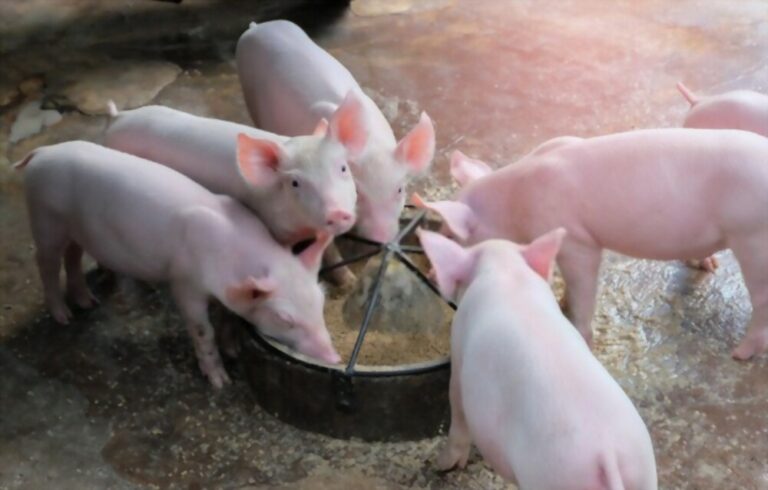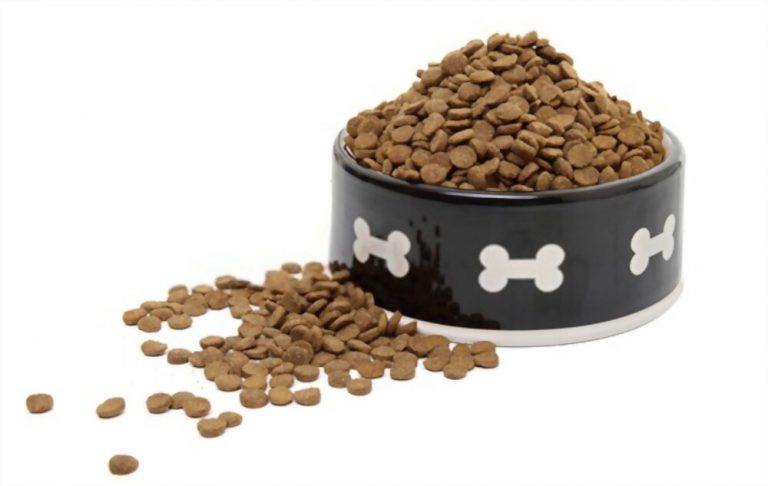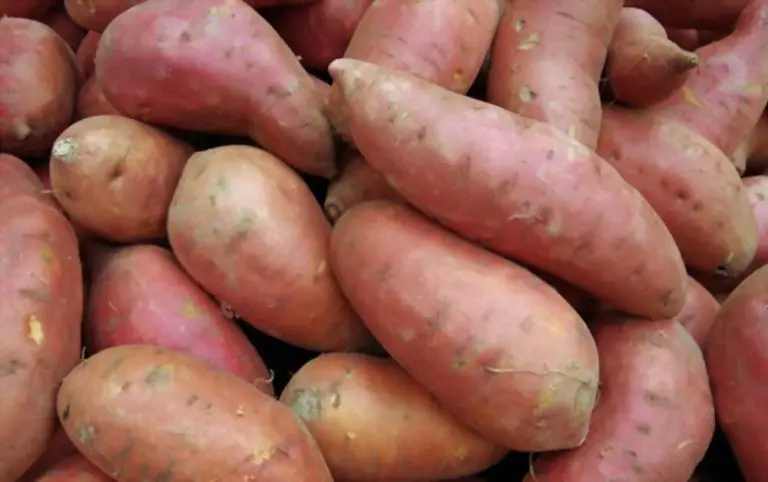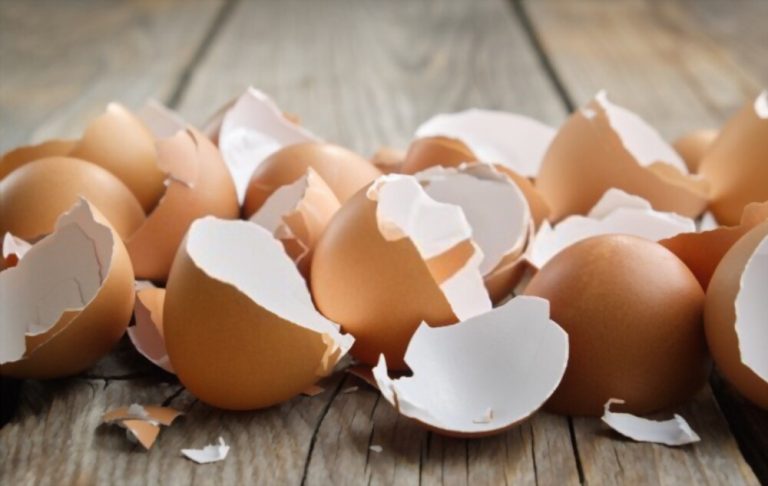Do Pigs Eat Their Babies? The idea sounds repulsive, a sow eating its babies.
Although it may sound crazy, some nervous sows will “savage” piglets; that is, they attack, injure, or kill live and healthy piglets and sometimes eat them. This is referred to as cannibalism.
Let’s dive into it.
Do Pigs eat their babies?

Savaging is most common in gilts (a pig who hasn’t given birth to a litter) with their first litter. It is often associated with uneasiness or apprehension in gilts before farrowing.
This occurs in certain breeds and may be associated with the fear of a new farrowing environment, especially when the animal has been previously let loose before crating. The hormonal changes associated with farrowing may contribute to the behavior.
Savaging has many negative economic impacts, as many pigs are lost. Some farms may face permanent problems that can add 1% to the mortality rate, equivalent to losing 120 piglets per year in a flock of 500 sows.
9 Reasons why Pigs savage their piglets
Here are some solid reasons why pigs eat their babies:
1. Hormonal Changes
Changes in hormones usually cause pig cannibalism before delivery. This condition appears mostly in mammals that give birth for the first time. When it comes to pigs, it is most common with gilts.
When a pig reaches 115 days after mating, these hormones are stimulated. The hormones produced are transferred through the bloodstream to the placenta.
The placenta produces prostaglandins, which circulate in the sow’s ovaries. These hormones play a role in pigs’ behavior before and after farrowing. So, if your sow or gilts start eating her piglets after birth, it could be due to hormonal changes before delivery.
2. Removal of Sick or Dying Piglets
Pigs have proven to be more intelligent than most domestic animals. The pig’s ability to solve problems is well documented and reveals how intelligent pigs are. Also, they are easier to train than cats and dogs. This is one reason they eat their sick or dying pigs.
Pigs can eat their sick or dying piglets to protect other pigs, not because they want to. If the pig has a contagious disease that can be transmitted to other pigs, the mother may eat it to prevent the spread.
3. The Safety of Other Piglets
The desire to protect other piglets poses another reason why sows may feed on their young ones. Besides falling sick, piglets can die from trampling or an accident.
So, to prevent the pig from rotting and its carcasses from attracting predators, the sow may eat the dead pig. As a result, other piglets will be safe at the expense of the sow having to do the unthinkable.
Consequently, it is necessary to constantly check on your pigs to ensure the show is not eating its baby in an incident like this. If left unchecked, the sow may develop an appetite for the piglets, which may cause it to feed on more pigs.
4. Nutritional Deficiencies
Pigs require an adequate supply of food and water. However, you should ensure that the feeds you supply your pigs are rich in vitamins, minerals, fats, carbohydrates, and proteins.
Additionally, most of these nutrients are present in typical commercial pig feeds. However, you may need to add supplements to ensure your pig is not deficient in nutrients.
If your pig is pregnant, you must ensure that she is not suffering from any deficiencies, which may cause her to eat her piglets to make up for the nutritional deficiencies.
5. Over-Stressed Sow
Biological stress is normal in gilts because this is the first time they give birth. If the stress is excessive and they cannot handle it, they may overreact and eat their children.
Social stress, such as grouping animals at the wrong times, can cause the pig to do the unthinkable. Therefore, ensure that environmental, metabolic, and immunological factors do not stress your gilts and sows.
However, you cannot prevent the stress associated with gilt delivery. Also, please don’t rush to change them to a new home environment, which can cause even more stress.
6. Harsh Environment
Besides the hormonal changes before or after birth, protection, and illness or stress, Pigs may also eat their piglets because of how harsh their environment appears. Therefore, you must ensure that the pig is well-fed, cared for, and kept in a friendly and favorable environment before farrowing.
Most farmers isolate the pigs and keep them in an area they are not accustomed to. If the area is favorable, the pig is unlikely to eat its young as it will not cause stress. Environmental stress can also impair a pig’s disease resistance.
7. Being Kept in Confinement
Another reason sows may eat their young is that they do not like the personal confinement they are taken to after farrowing. Due to their stress and pressure, these sows may eat their young. It is, therefore, necessary to change it immediately if you find out that your farrowed sow is badly disturbed due to its new confinement.
In addition, since farrowed sows are usually hungry, the pigs should be separated for a while as they may be turned into food. This mainly applies to the first piglet. But piglets can be returned to their mother about 20 minutes after giving birth.
8. Breed of Pig
Although pigs that eat their young are usually gilts, this does not apply to all breeds. That’s why it’s essential to know whether your pig breed likes to eat its young.
Popular pig breeds known for eating their young are mainly domestic pigs, such as the pure-bred white gilt. Cases are common in new gilt herds, where several pregnant gilts are raised in large straw yards.
However, it is rare to find a wild pig that eats its young. Since a few breeds of domestic pigs eat their young, scientists have linked this to the stress and confinement these pigs experience while being watched by humans.
9. Clumsy Gilts and Sows
Some pigs eat their young because they are clumsy. A clumsy sow may accidentally step on her newborn and kill it.
If such cases occur, the pig is likelier to eat the dead or injured piglet. Although this is uncommon, a clumsy gilt should not be left with piglets for a few hours after parturition.
How to stop pigs from eating their babies

- Assess the gilts when they come into farrow
- Regularly treat pregnant gilts with kindness.
- Adopt a quiet attitude to the management and maintenance of farrowing houses.
- Make sure the gilt is crated a few days before farrowing. This should be balanced against the need to observe the overall flow from the farrowing houses and avoid lying down for long pre-farrowing, which can trigger pressure sores on the shoulders.
- Provide bran as an alternative to high-grade compound feed before farrowing.
- Motivate and supervise the farrowing piglets during the farrowing process.
- Cull any sow that savages more than one litter.
- Avoid cross-fostering litter.
- Ensure that the farrowing houses are warm and comfortable with no draughts.
- Reducing lighting levels or even farrowing in total darkness has little to no beneficial effect in reducing savaging and may contravene welfare legislation or quality assurance standards.
Conclusion
Now you know if you have been wondering why some pigs eat their babies. The main reasons are hormonal changes before giving birth, excessive stress, nutritional deficiencies, etc.
Discovering why your sow or gilt is feeding on its young is very important to tame it. This will also help prevent it from eating more piglets and incurring economic losses.
If you cannot tell why your pig is eating its babies, contact a professional veterinarian to help you out.
References







